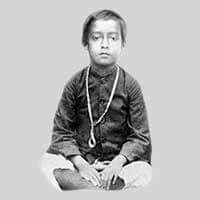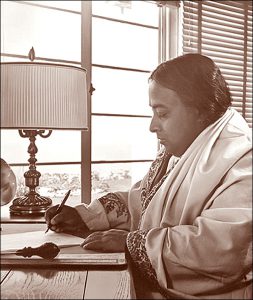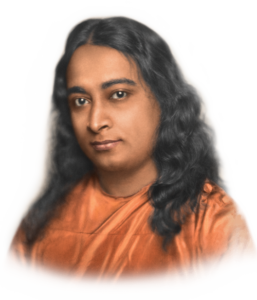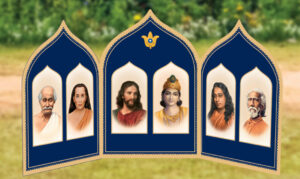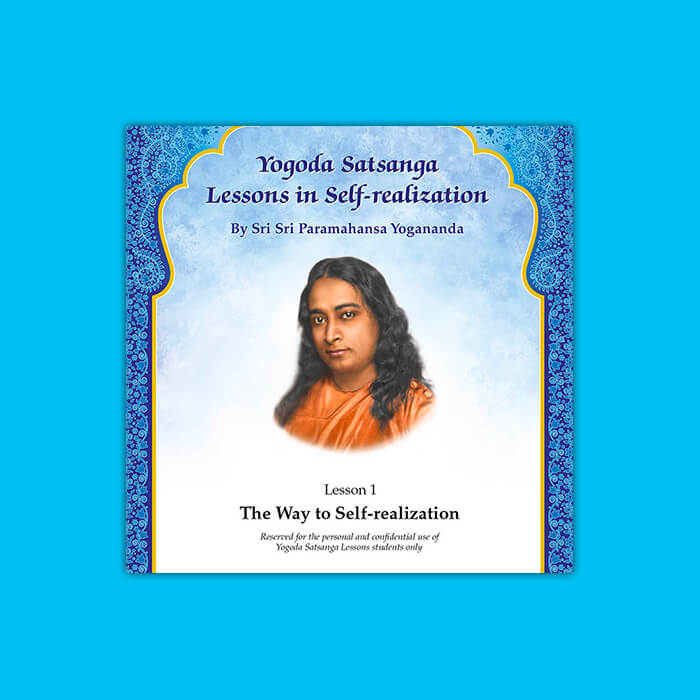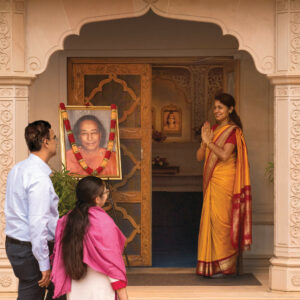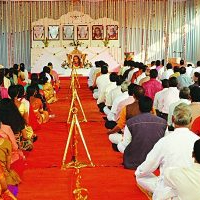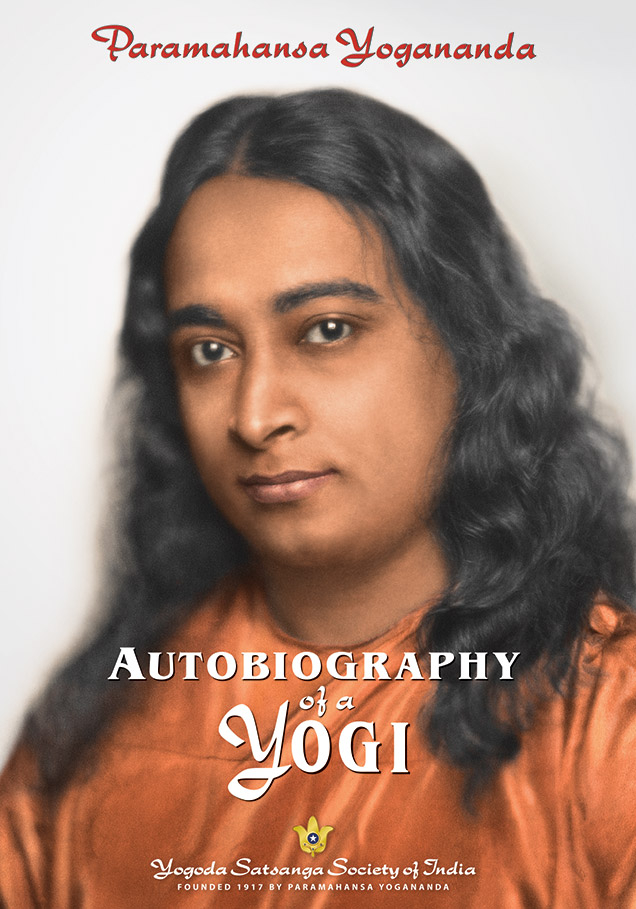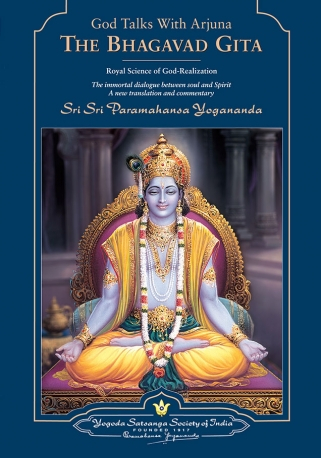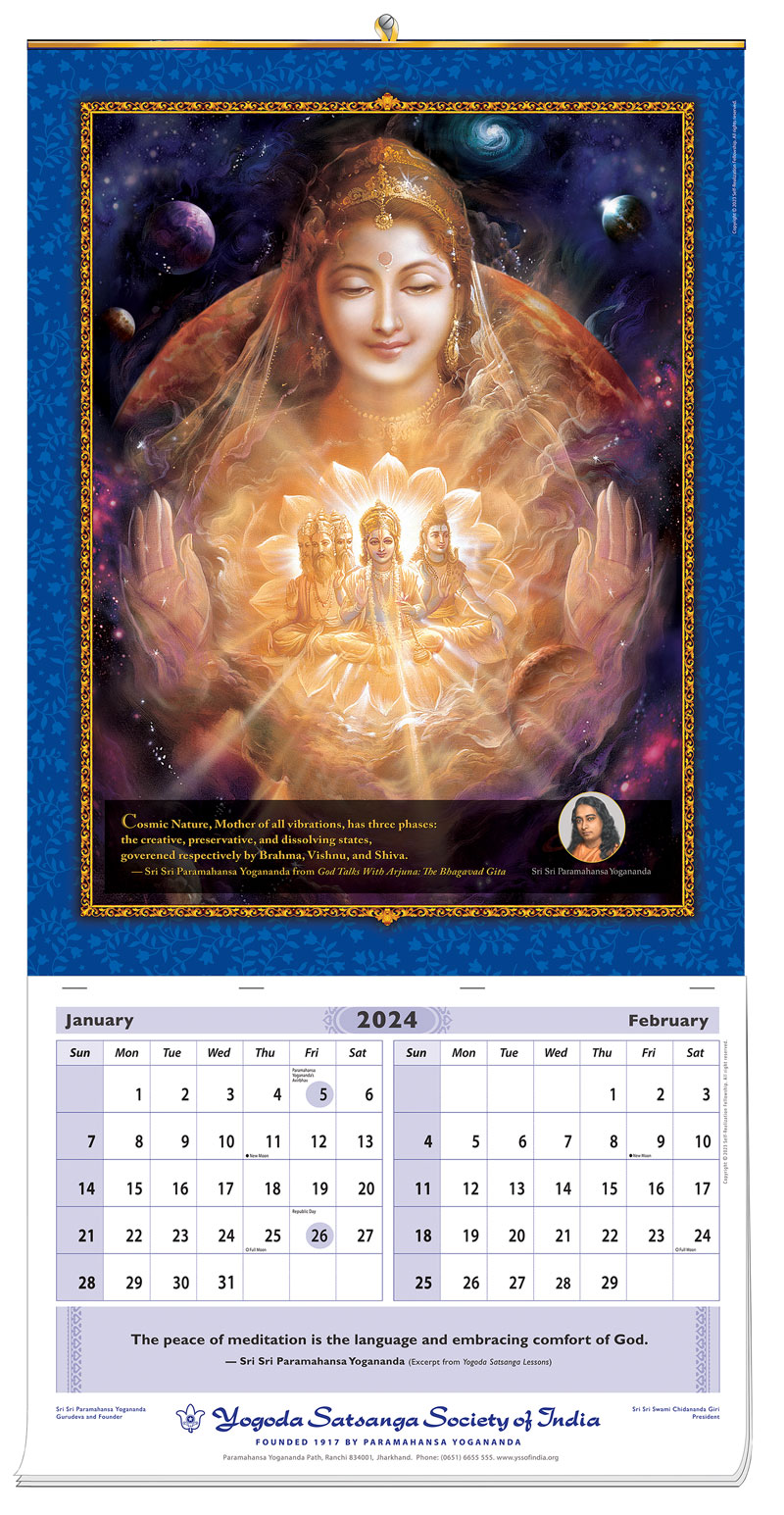Arjuna. The exalted disciple to whom Bhagavan Krishna imparted the immortal message of the Bhagavad Gita (q.v.); one of the five Pandava princes in the great Hindu epic, the Mahabharata, in which he is a key figure.
Ashram. A spiritual hermitage; often a monastery.
Astral body.Man’s subtle body of light, prana or lifetrons; the second of three sheaths that successively encase the soul: the causal body (q.v.), the astral body, and the physical body. The powers of the astral body enliven the physical body, much as electricity illumines a bulb. The astral body has nineteen elements: intelligence, ego, feeling, mind (sense consciousness); five instruments of knowledge (the sensory powers within the physical organs of sight, hearing, smell, taste, and touch); five instruments of action (the executive powers in the physical instruments of procreation, excretion, speech, locomotion, and the exercise of manual skill); and five instruments of life force that perform the functions of circulation, metabolization, assimilation, crystallization, and elimination.
Avatar. From the Sanskrit avatara, with roots ava, “down,” and tri, “to pass.” Souls who attain union with Spirit and then return to earth to help mankind are called avatars, divine incarnations.
Avidya. Literally, “non-knowledge,” ignorance; the manifestation in man of maya, the cosmic delusion (q.v.). Essentially, avidya is man’s ignorance of his divine nature and of the sole reality: Spirit.
Bhagavad Gita. “Song of the Lord.” An ancient Indian scripture consisting of eighteen chapters from the sixth book (Bhishma Parva) of the Mahabharata epic. Presented in the form of a dialogue between the avatar (q.v.) Lord Krishna and his disciple Arjuna on the eve of the historic battle of Kurukshetra, the Gita is a profound treatise on the science of yoga (union with God) and a timeless prescription for happiness and success in everyday living. The Gita is allegory as well as history, a spiritual dissertation on the inner battle between man’s good and bad tendencies. Depending on the context, Krishna symbolizes the guru, the soul, or God; Arjuna represents the aspiring devotee. Of this universal scripture Mahatma Gandhi wrote: “Those who will meditate on the Gita will derive fresh joy and new meanings from it every day. There is not a single spiritual tangle which the Gita cannot unravel.”
Bhagavan Krishna. An avatar who lived as a king in India ages before the Christian era. One of the meanings given for the word Krishna in the Hindu scriptures is “Omniscient Spirit.” Thus, Krishna, like Christ, is a spiritual title signifying the divine magnitude of the avatar — his oneness with God. The title Bhagavan means “Lord.” In his early life, Krishna lived as a cowherd who enchanted his companions with the music of his flute. In this role Krishna is often considered to represent allegorically the soul playing the flute of meditation to guide all misled thoughts back to the fold of omniscience.
Brahman (Brahma). Absolute Spirit. Brahman is sometimes rendered in Sanskrit as Brahma (with a short ‘a’ at the end); but the meaning is the same as Brahman: Spirit, or God the Father, not the circumscribed concept of the personal “Brahma-the-Creator” of the Brahma-Vishnu-Shiva triad (which is rendered with a long a at the end, Brahma). See Brahma-Vishnu-Shiva
Breath. “The influx of innumerable cosmic currents into man by way of the breath induces restlessness in his mind,” Paramahansa Yogananda wrote. “Thus the breath links him with the fleeting phenomenal worlds. To escape from the sorrows of transitoriness and to enter the blissful realm of Reality, the yogi learns to quiet the breath by scientific meditation.”


